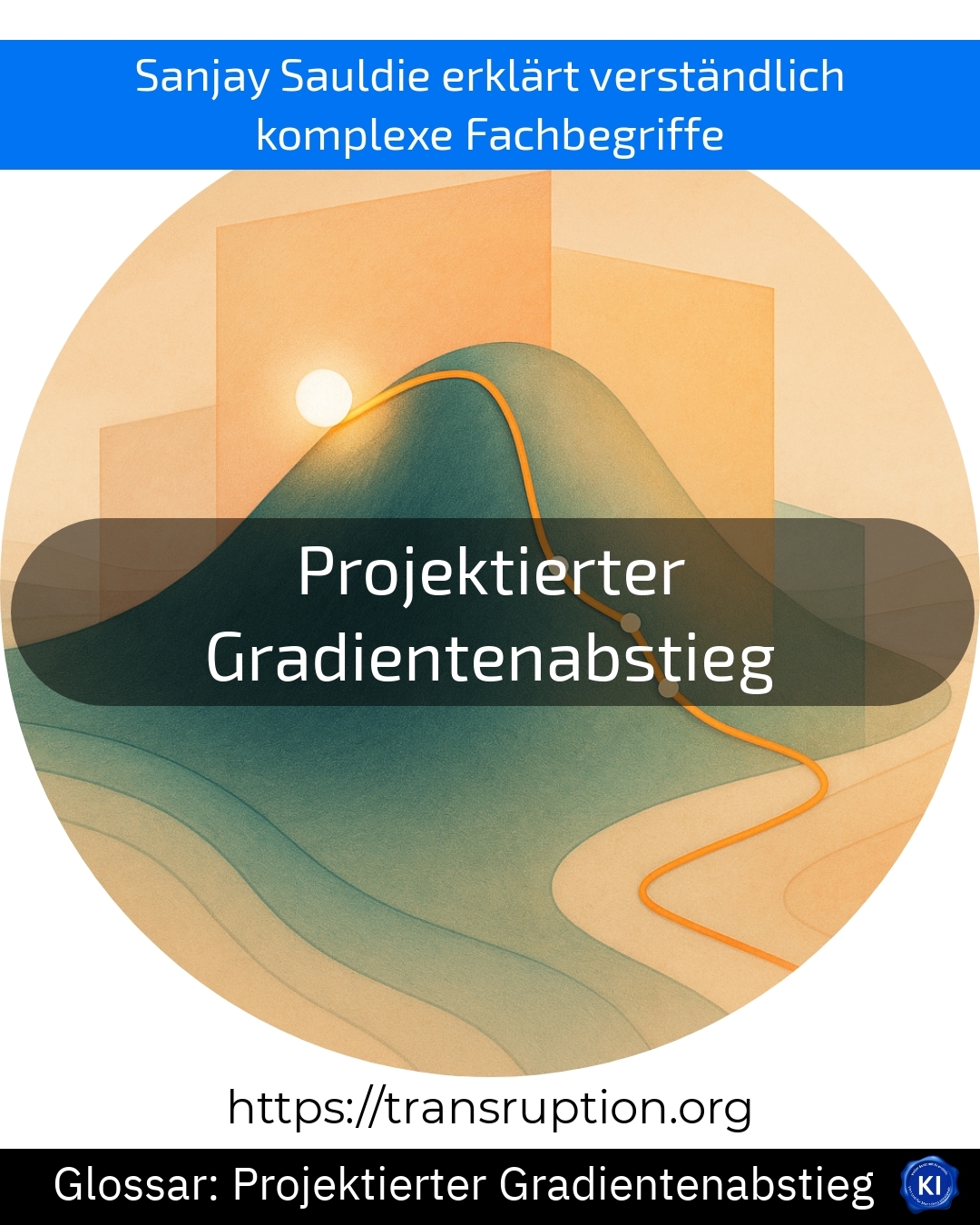The term "projected gradient descent" is particularly at home in the fields of artificial intelligence, big data, smart data and automation. It describes a method that is often used to find a specific target or optimum in large data or computer models - for example when training machine learning algorithms.
Gradient descent means that a computer gradually learns what is good and what is bad by calculating the direction in which it can improve. When "projecting", it also takes into account that only certain solutions are permitted or sensible. This can mean, for example, that a value must never be negative or should not be greater than a specified limit.
A simple example: Imagine you are looking for the lowest point in a room with your eyes closed, but you are only allowed to move along one line. With every step you take, you check whether you can still go downwards, but always remain on the permitted route. This allows you to efficiently find the best solution within the permitted possibilities.
In practice, projected gradient descent helps to train machine models efficiently and safely or to solve problems in a targeted manner - and always in compliance with the set rules and conditions.















